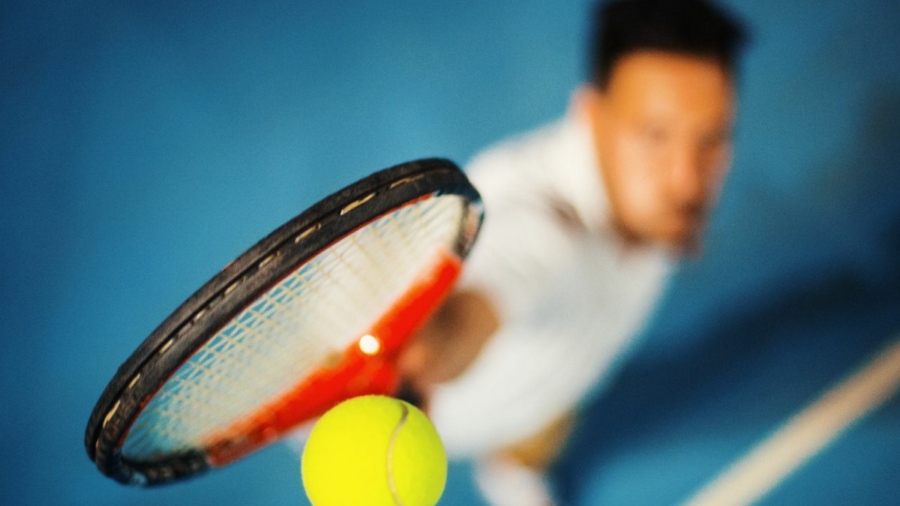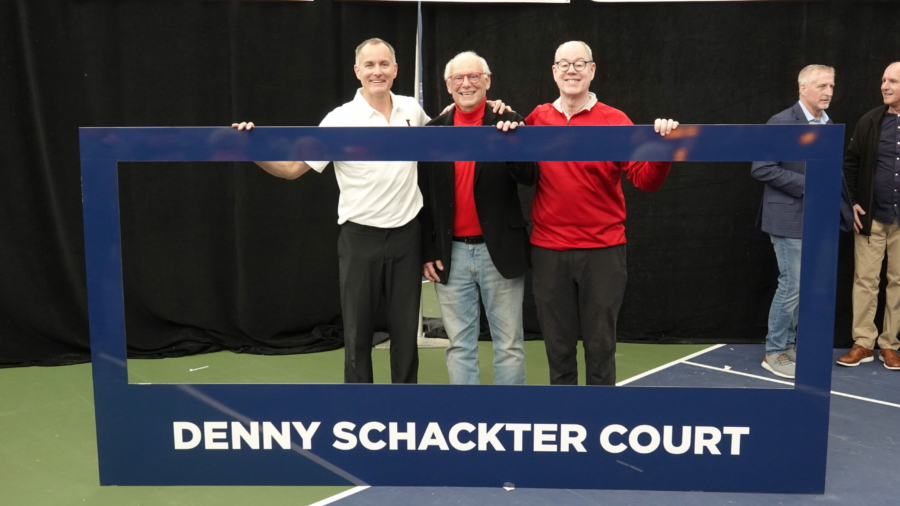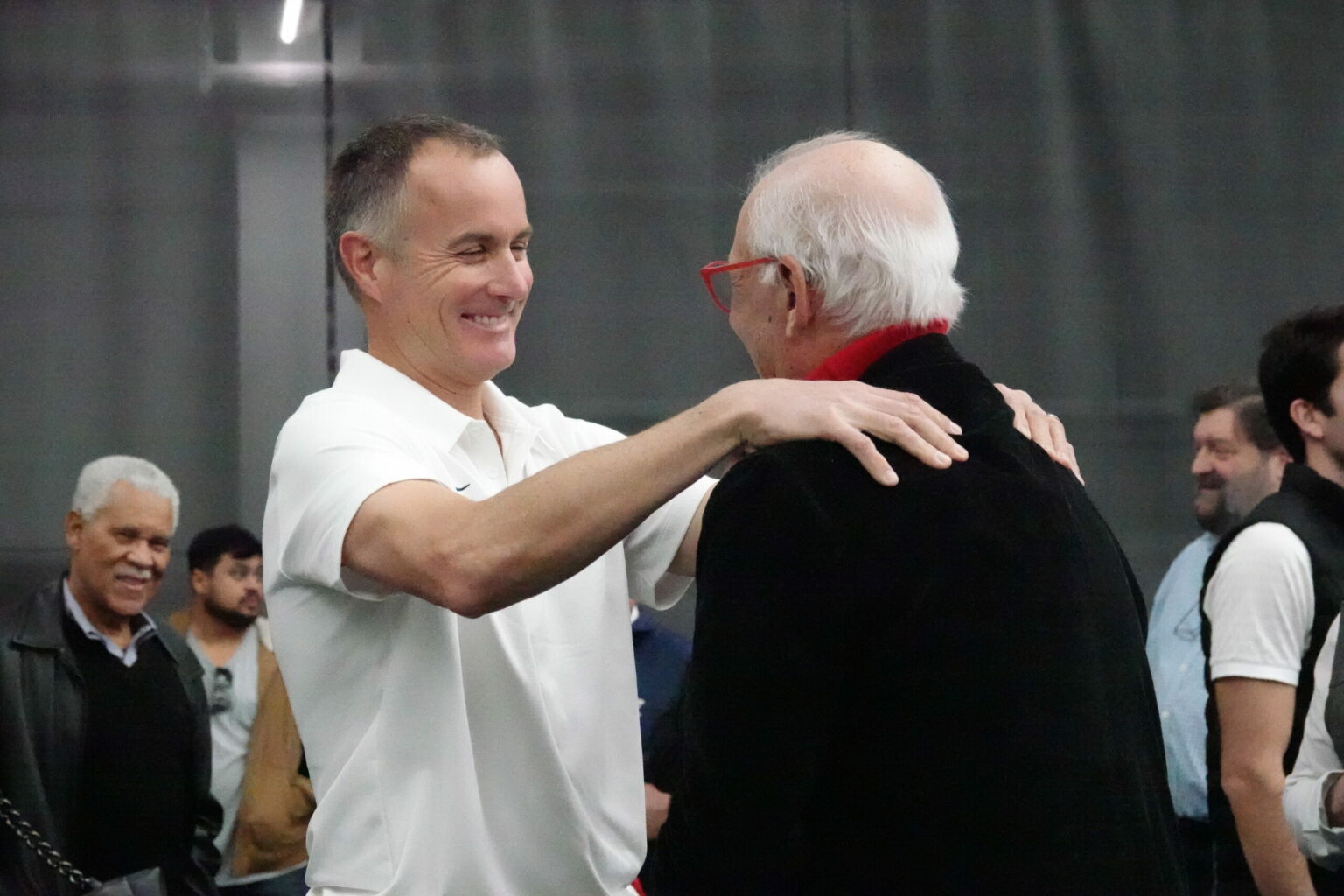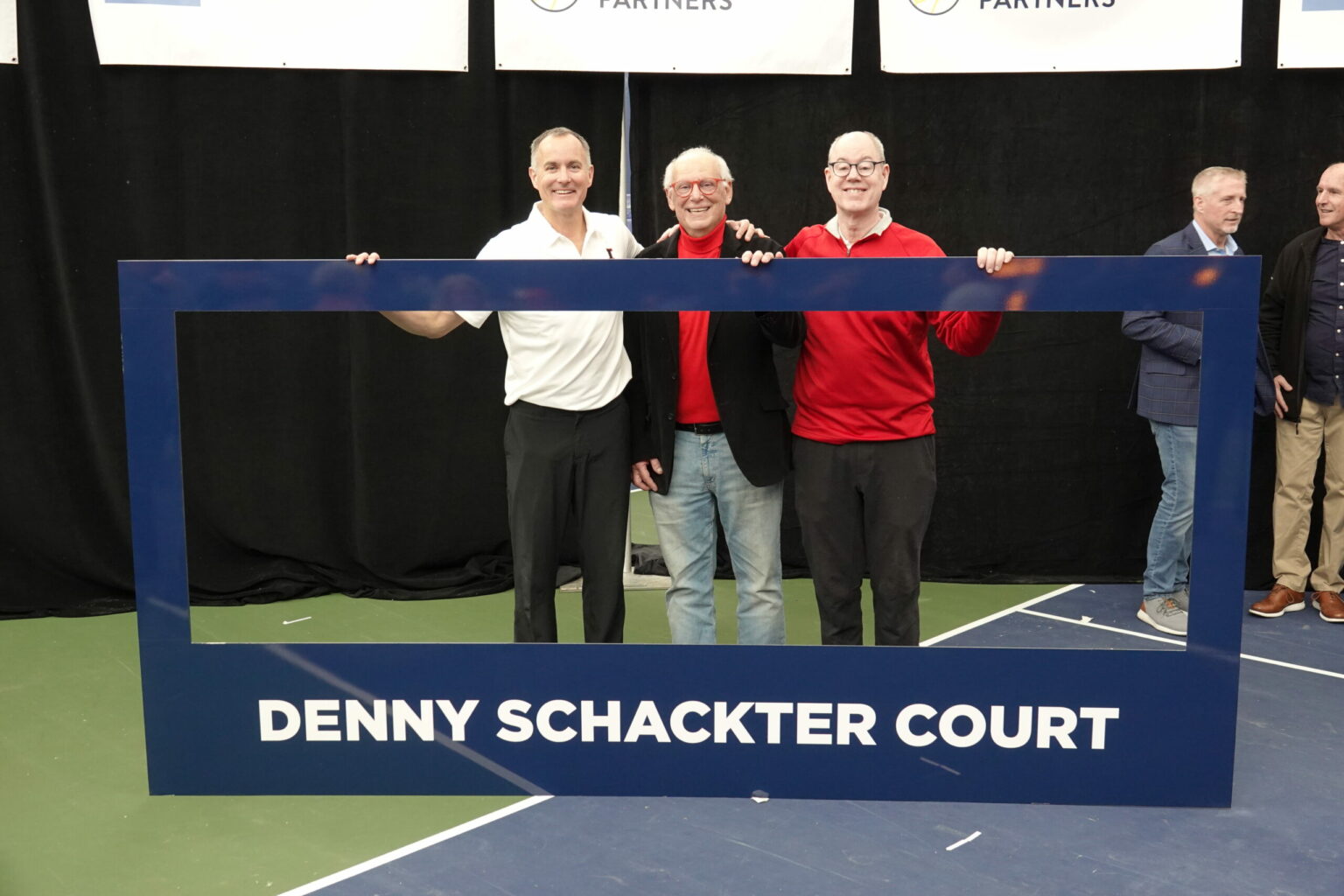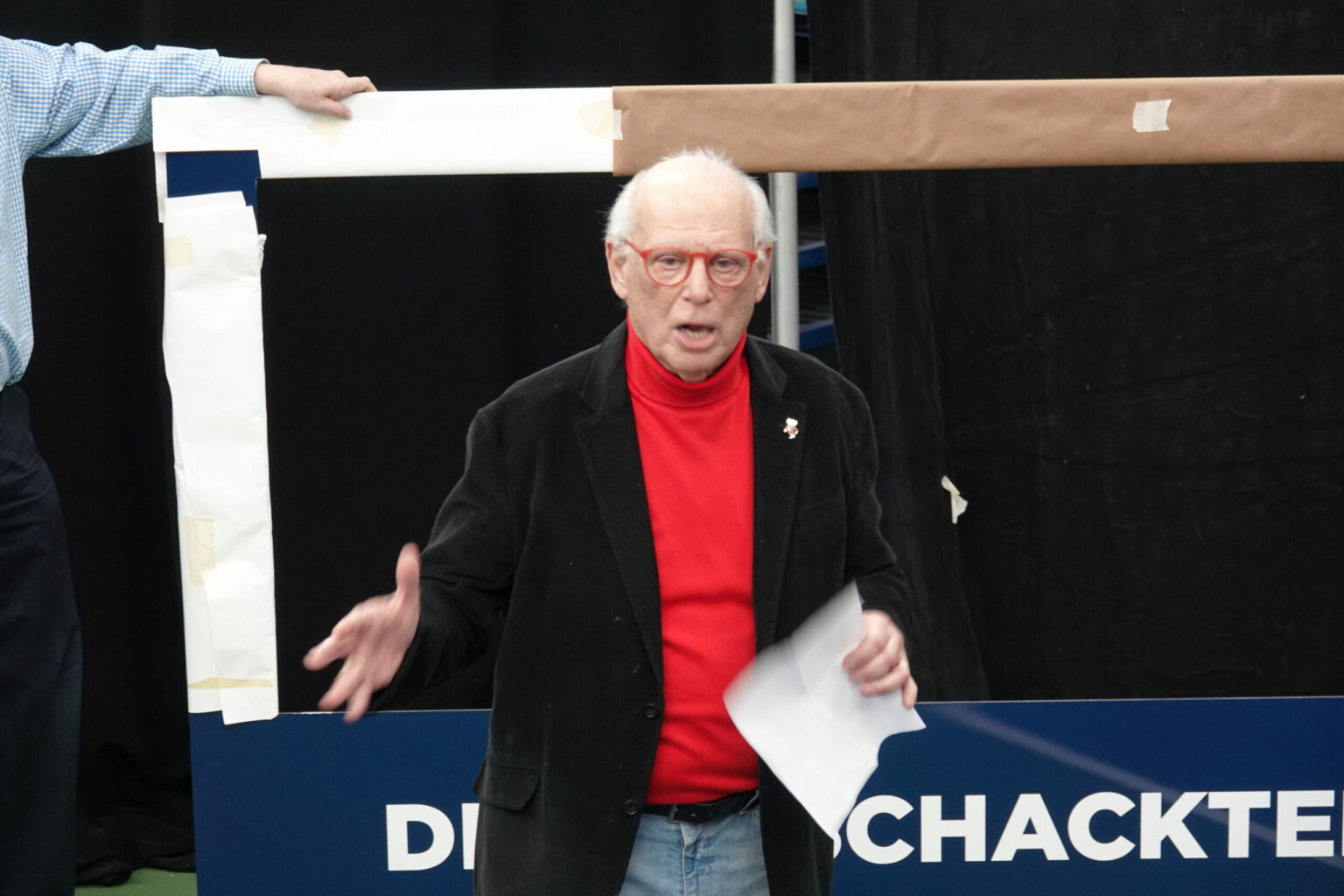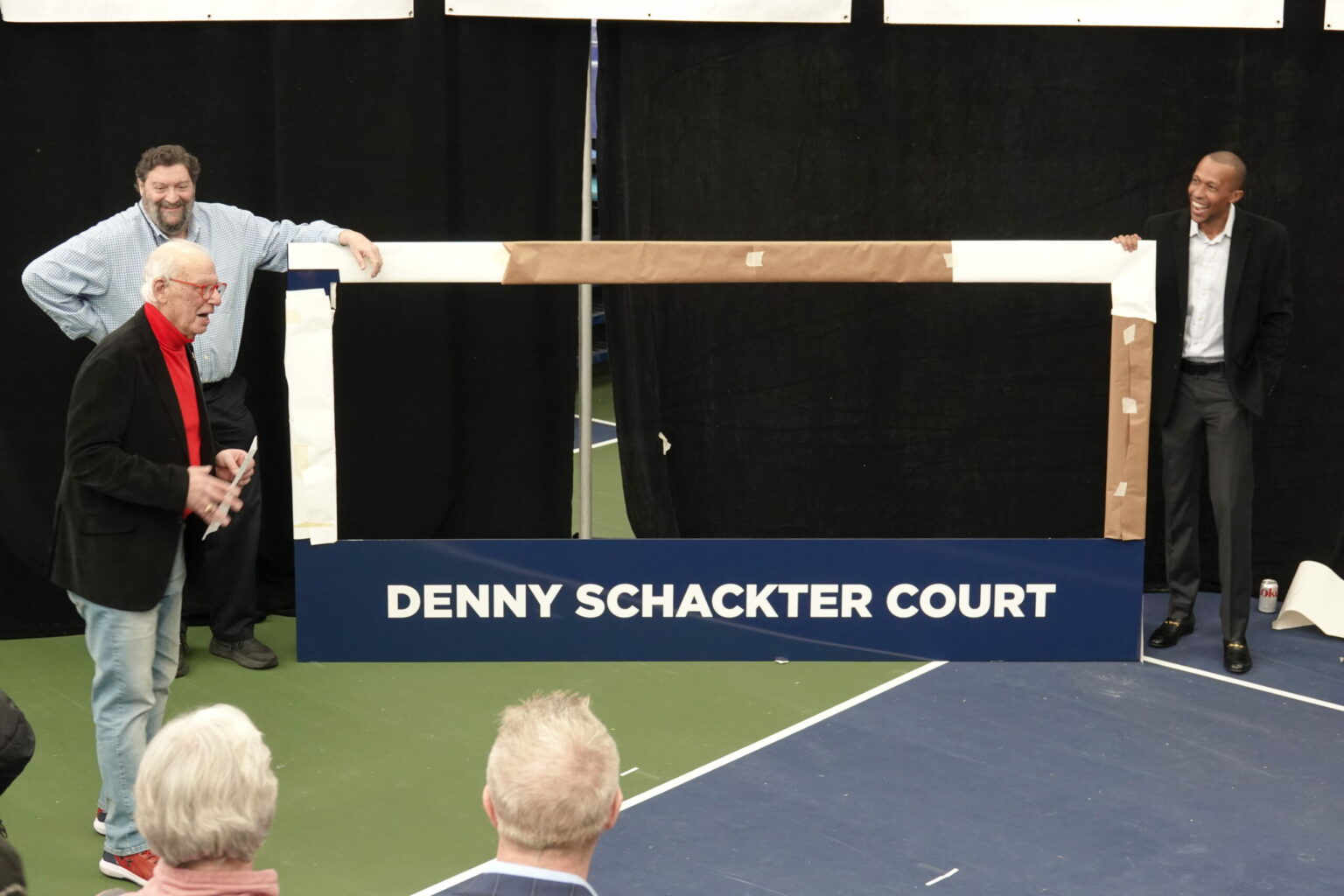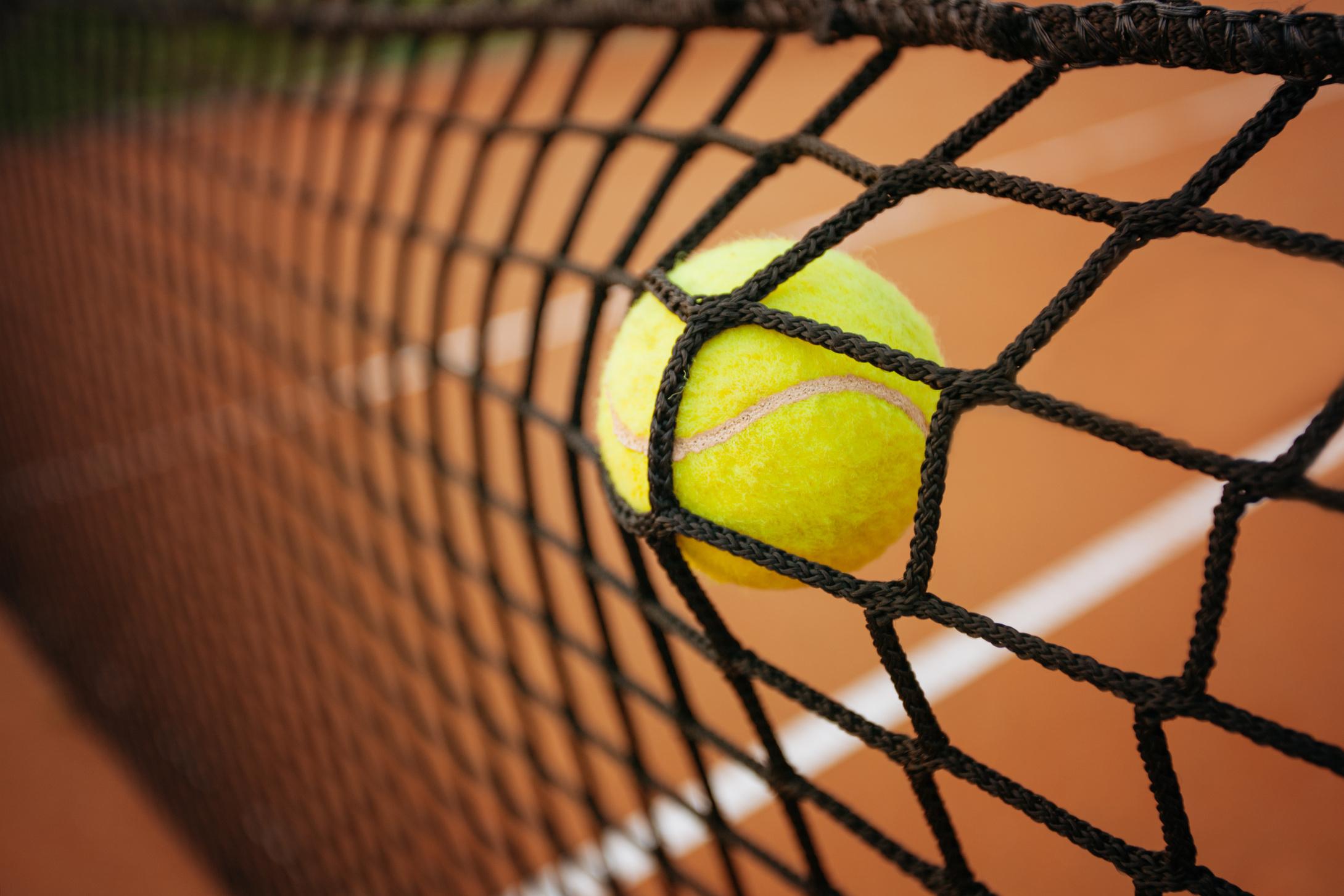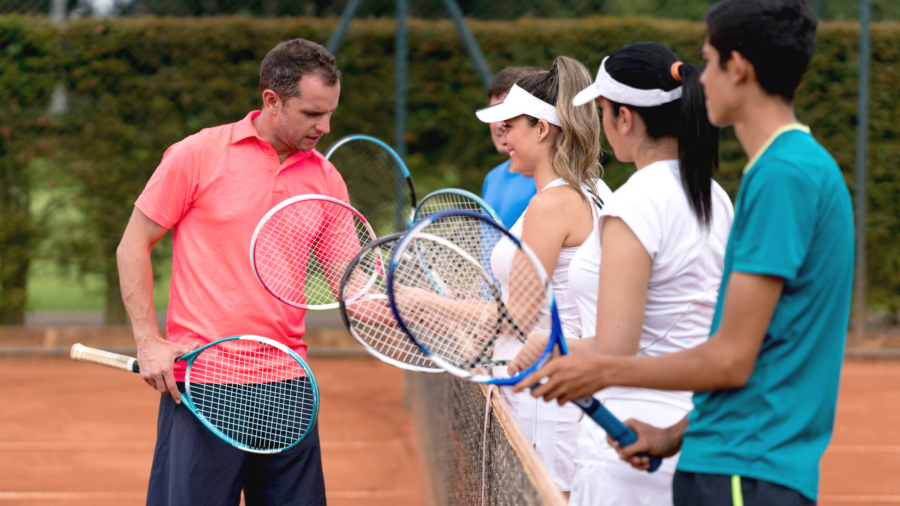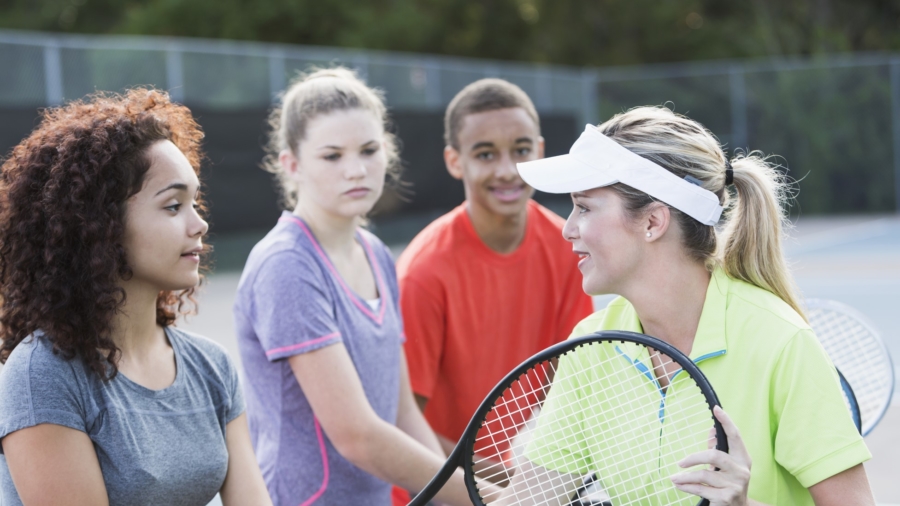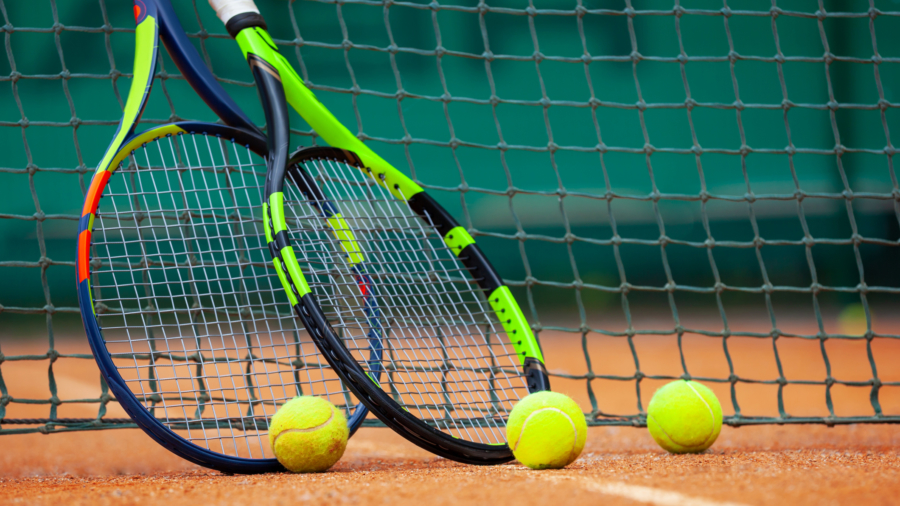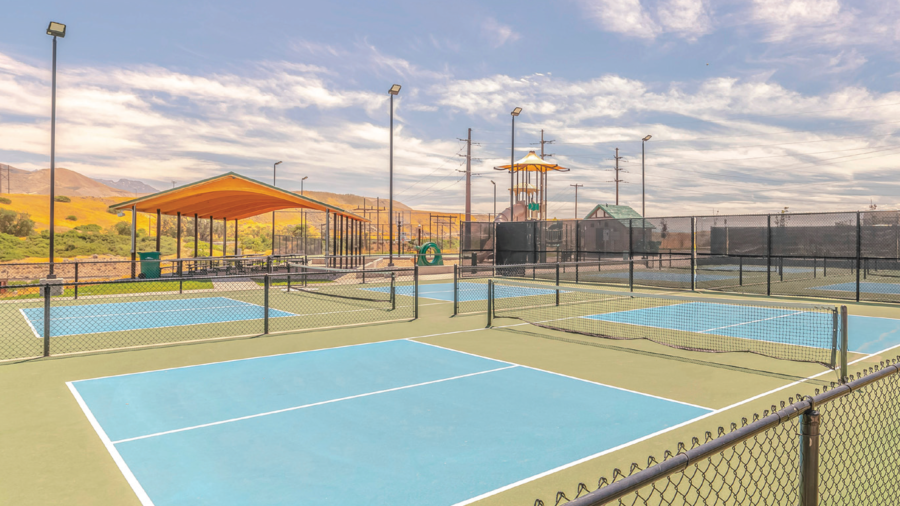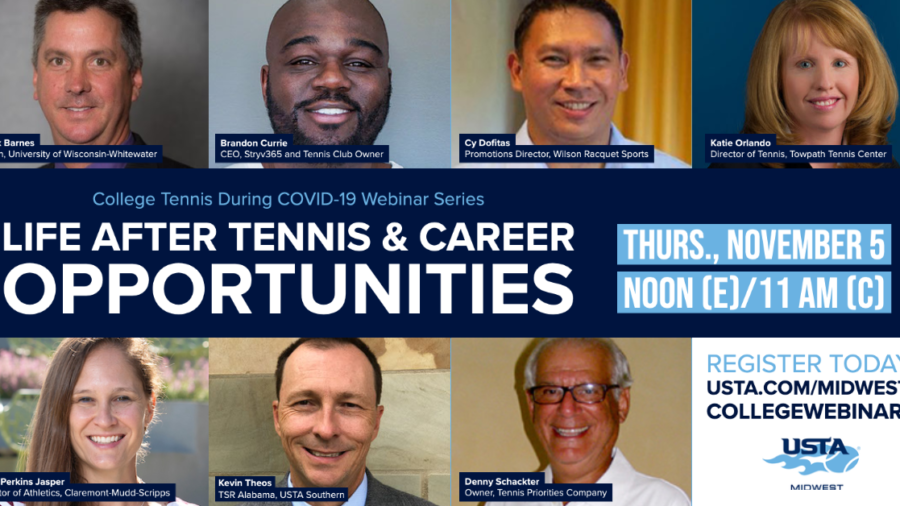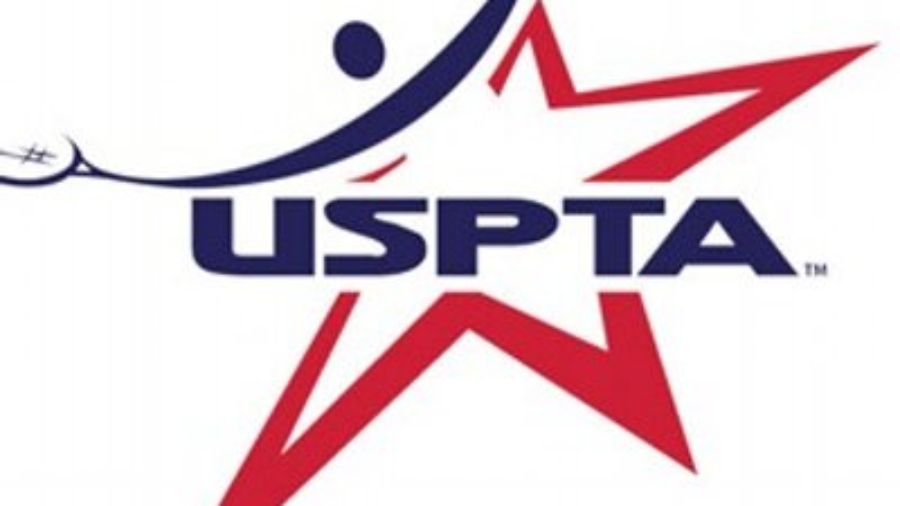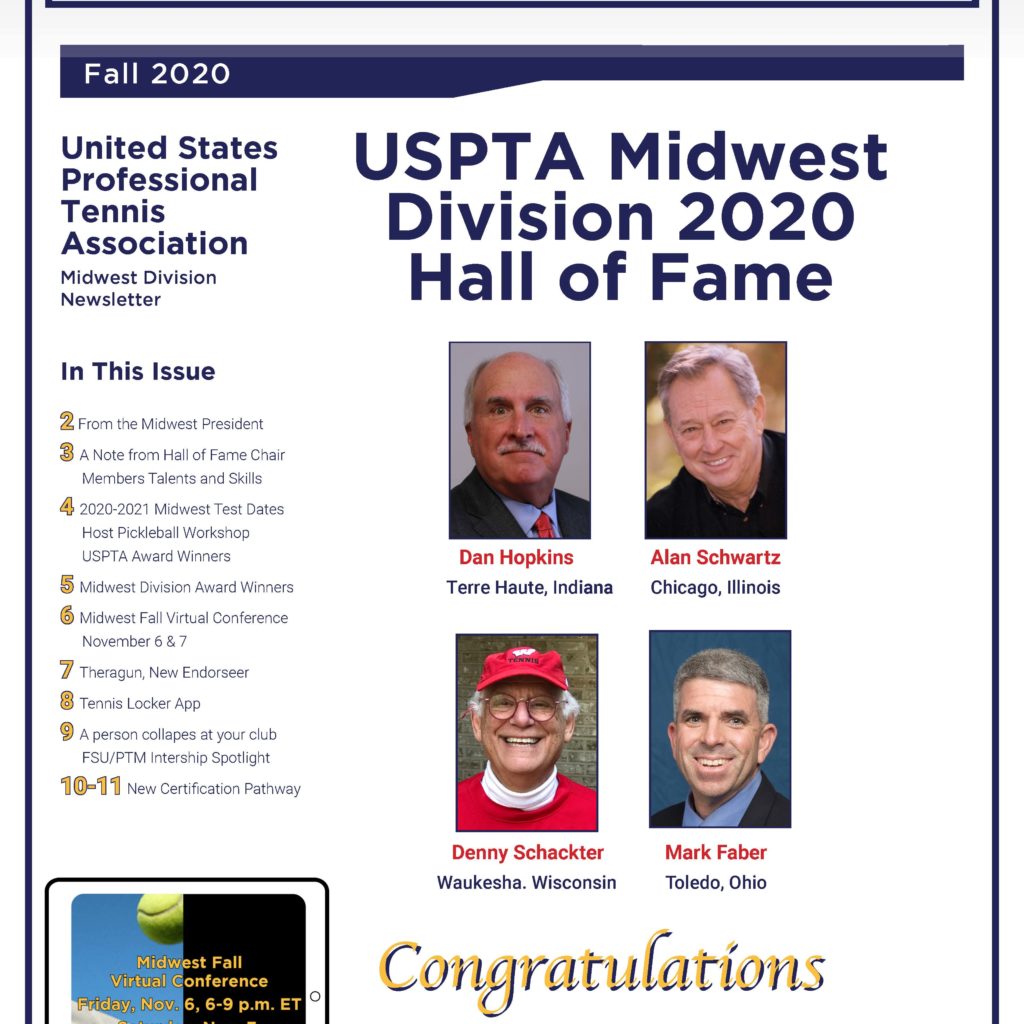WOW! I have not experienced that kind of pain for a long time. I was demonstrating an overhead to my students, and I received a jolt of pain in my shoulder. I slowly brought my arm down, but the pain persisted. I managed to get through the lesson, but I knew I had done something wrong.
Gosh, I had 4 hours of lessons left to go and could barely move my arm. It looked like I could feed some groundies and volleys, but the pain was severe.
If that sounds like you, your immediate thoughts are, “What if I have to take time off to recover? This sure is a hassle. What if my time off is longer than I think it will be?”
All these questions, plus many more you can think of, are items that should be part of your personal inventory as a teaching pro. In most cases, your insurance may cover the cost of medical care, but does not cover the cost of paying bills like rent, feeding your family, and the like.
Let’s take a step back. Most of us do not prepare for the day we cannot teach. Yet, we feel we are very valuable members of the facility we are part of. The reality is that Tennis teaching pros are one-trick ponies! What have we done to prepare for the day, or days, when teaching lessons is not an option?
In most facilities teaching tennis, there are desk folks, membership people, accountants, directors, and owners or general managers.
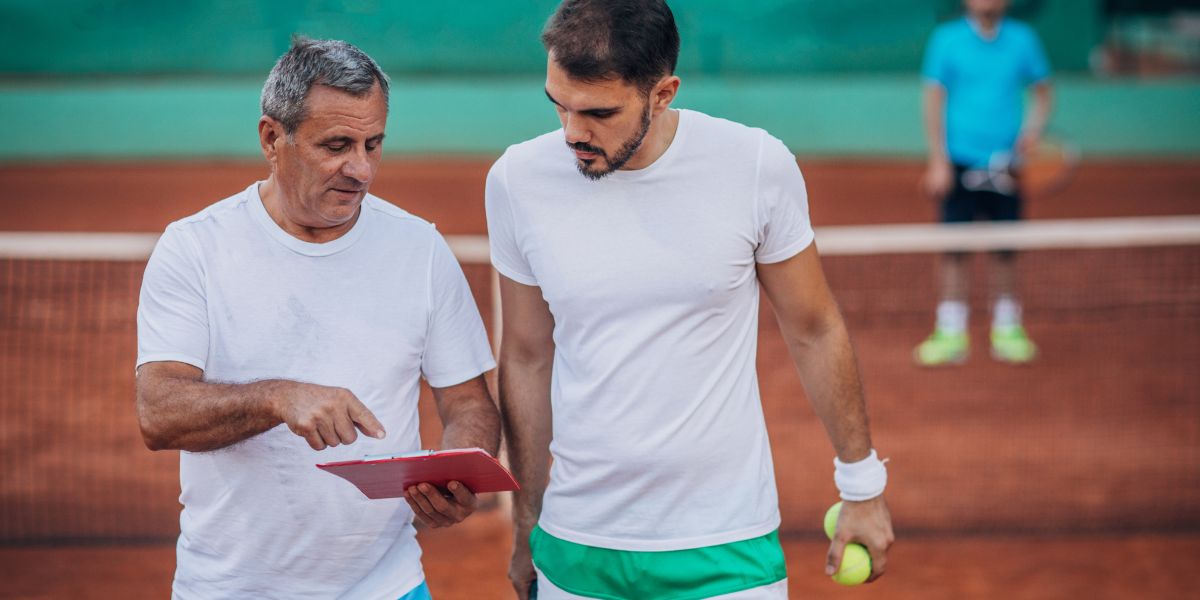
What can you do to increase your value?
-
- Start working on an MBA OR courses that give you business experience. Your resume then has some strength on another side of the facility. Obtaining an MBA can be done online, and you can take your time based on your schedule and budget. Another good master’s degree is counseling and guidance which can be used within a school system or part the Club you reside in, or human resources outside of tennis. Even if you do not pursue a master’s degree, taking some courses now and then increases your value.
- If you do not understand social media, it’s time to do so. Some facilities are way behind the times in terms of the current trends on promoting their business. If you increase your value with this knowledge, you’ll be ahead of the ball game.
- If your facility has a multitude of ethnic diversity, learning a second language increases your value. I often hear in the media the courses that are available and how you can learn a language from the comfort of your car or home.
- Work on a position in the Club that is not currently established, but you see a need to enhance the club business. An example might be public relations. If you are in a location with a great deal of competition, learning PR to give your facility an edge might be a ticket to your value.
- Start working on an MBA OR courses that give you business experience. Your resume then has some strength on another side of the facility. Obtaining an MBA can be done online, and you can take your time based on your schedule and budget. Another good master’s degree is counseling and guidance which can be used within a school system or part the Club you reside in, or human resources outside of tennis. Even if you do not pursue a master’s degree, taking some courses now and then increases your value.
I retired 16 years ago and had a plan on what I would be doing post working. I know that most tennis pros feel they can teach until retirement age, but do not think about the fact that an injury or illness might occur. I urge to think about it and plan. Ben Franklin once said, “by failing to prepare, you are preparing for failure.”
Denny Schackter/ USPTA Elite Professional, Waukesha, WI
‘U

